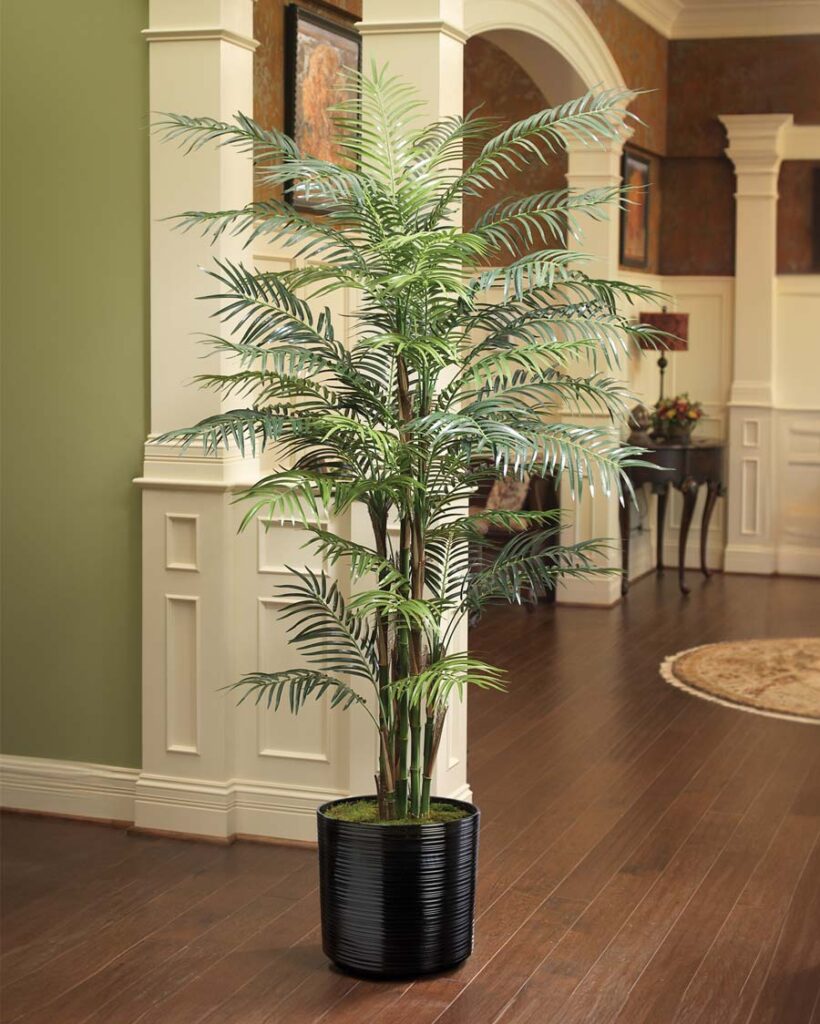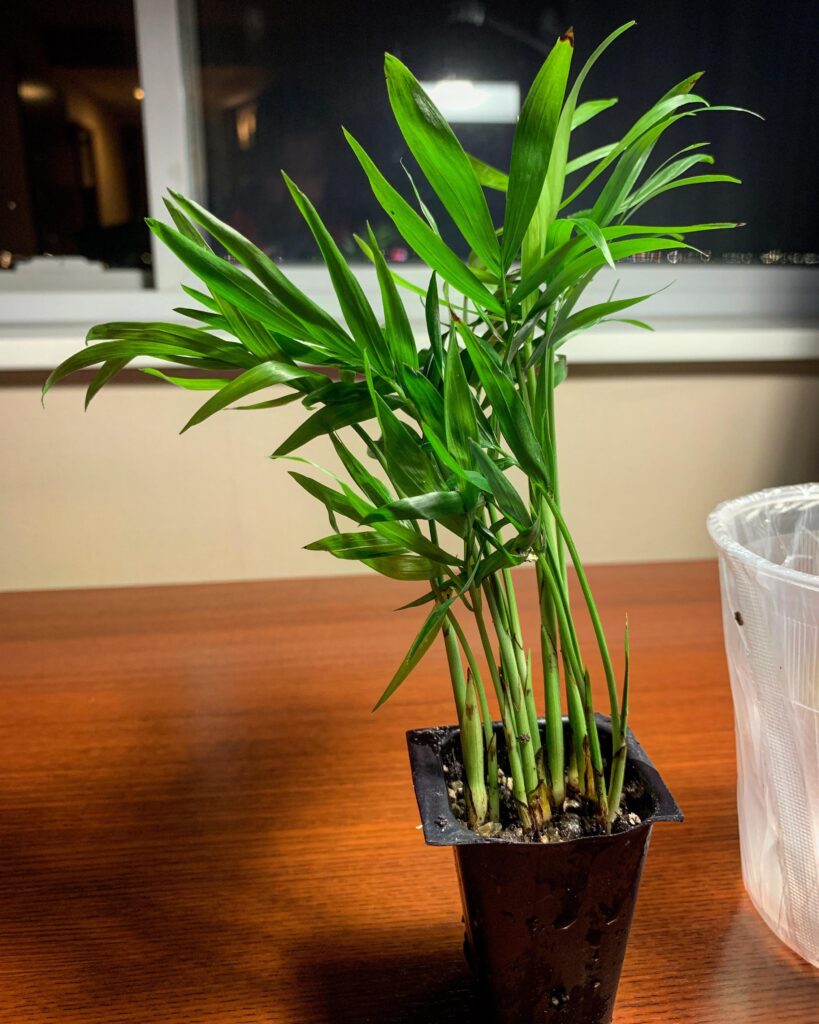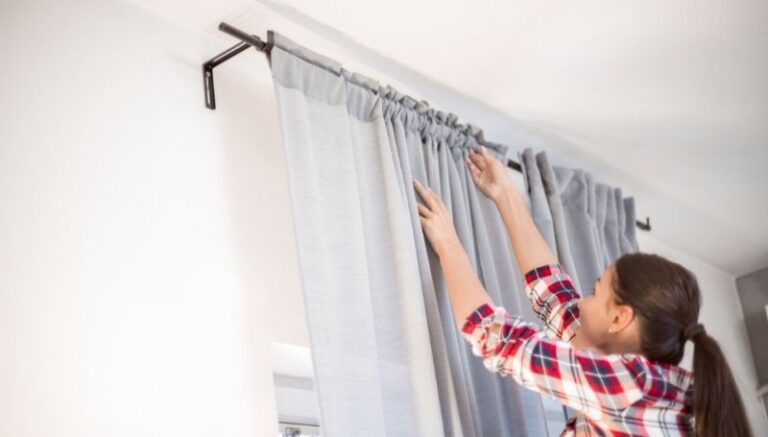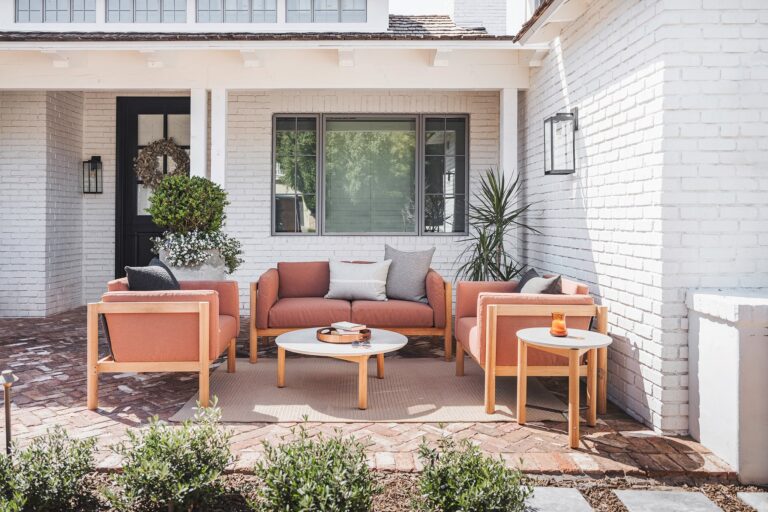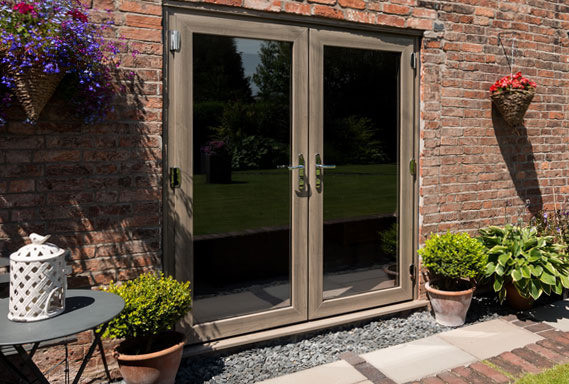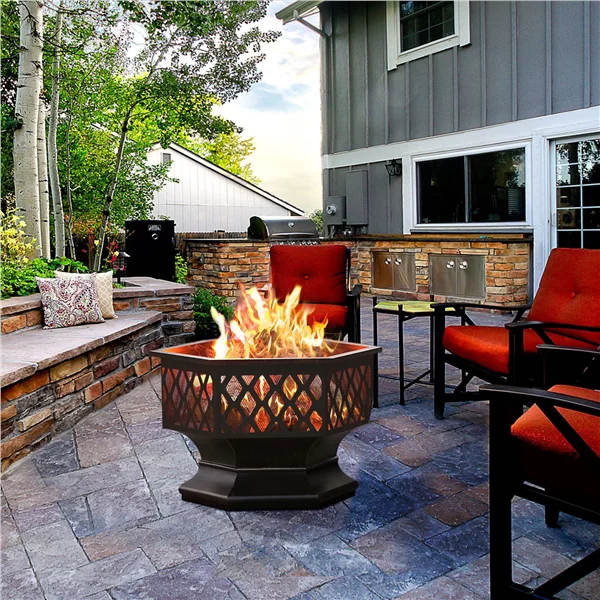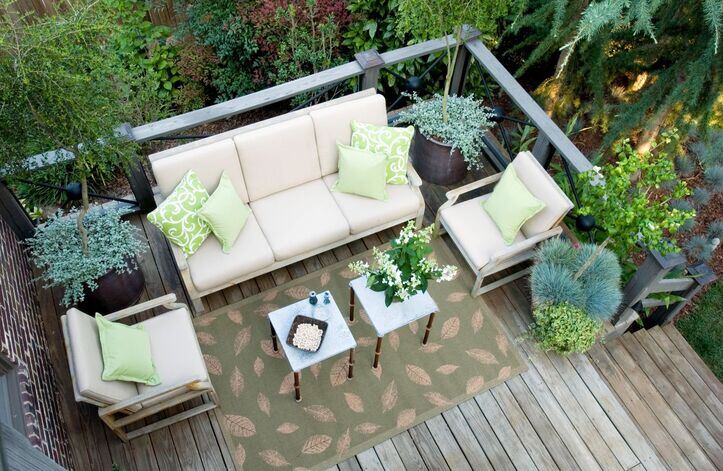How to Grow Reeds Patio Palm Tree in a Pot
Reeds patio palm tree, also known as bamboo palm or Chamaedorea seifrizii, is a graceful palm that belongs to the Arecaceae family. It is native to Mexico and Central America, where it grows in the understory of tropical forests. Reeds patio palm tree has a clumping habit and produces multiple slender stems that can reach up to 10 feet tall and 3 feet wide.
The stems are covered with dark green, glossy leaves that are divided into narrow leaflets, giving the palm a feathery appearance. Reeds patio palm tree is a popular choice for indoor and outdoor container gardening, as it can adapt to low light conditions and has a high tolerance to shade. It is also ideal as a specimen plant on account of its size and elegance.
In this article, you will learn how to grow a Reed patio palm tree in a pot, including the best soil, water, light, and fertilizer requirements. You will also find out how to propagate and care for this palm tree indoors and outdoors and how to prevent and treat common pests and diseases that may affect it. By following these simple steps, you can enjoy the beauty and benefits of this tropical palm in your home or patio.

What is Reed’s Patio Palm Tree?
Reeds patio palm tree is a type of palm that belongs to the Arecaceae family and has a bamboo-like appearance. It is native to Mexico and Central America, where it grows in the shady and moist areas of tropical forests. It is also known by other names such as bamboo palm, reed palm, clustered parlor palm, and cane palm.
It has elegant, feathery leaves that spread out from tightly packed stems for a truly tropical appeal. The leaves are dark green, glossy, and divided into narrow leaflets.
The stems can grow up to 12 ft. (3.6 m) tall and eight ft. (2.4 m) wide in the ground, but they usually stay smaller in pots.

Reeds patio palm tree is suitable for USDA zones 10 and 11, but it can also be grown indoors in cooler climates as long as it receives enough light and humidity.
Reeds patio palm tree produces small yellow or orange flowers in late spring or early summer, followed by green fruits that turn black when ripe. The fruits are very poisonous and should not be eaten by humans or animals.
How to Choose a Pot for Reeds Patio Palm Tree
- Choosing a pot for a reed patio palm tree is an important step to ensure its healthy growth and development. The pot should be large enough to accommodate the palm’s root ball and have drainage holes at the bottom to prevent waterlogging and root rot.
- The pot should also be made of a sturdy material such as clay, ceramic, or plastic to support the palm’s weight and prevent tipping over. The pot should be slightly wider than the palm’s canopy to provide stability and balance, as well as enough space for the roots to spread.
- The pot should be deep enough to allow the palm to develop a healthy root system, which is essential for its nutrient uptake and drought tolerance.
- A good rule of thumb is to choose a pot that is about one-third the height of the palm. You can also add some gravel, pebbles, or broken pottery at the bottom of the pot to improve drainage and aeration.
How to Prepare the Soil for Reeds Patio Palm Tree
Reeds patio palm tree thrives in a well-drained, loamy potting mix that is rich in organic matter and has a pH of 6.0 to 6.5. This type of soil provides the palm with the nutrients, moisture, and oxygen it needs to grow healthy and strong. You can make your own potting mix by combining equal parts of peat moss, perlite, and compost.
Peat moss helps retain moisture and acidity, perlite improves drainage and aeration, and compost adds organic matter and fertility to the soil. You can also add some sand, bark, or coir to the potting mix to improve the drainage and aeration of the soil. The sand prevents the soil from becoming too compacted, bark adds texture and porosity, and coir enhances water retention and root development.
Avoid using soil that is too heavy, compacted, or waterlogged, as this can cause root rot and fungal diseases. You can check the drainage of the soil by filling the pot with water and observing how fast it drains. If the water drains within a few minutes, the soil is well-drained. If the water stays in the pot for more than an hour, the soil is poorly drained and needs to be amended.
How to Water Reeds Patio Palm Tree
- Water reeds patio palm trees regularly and deeply, keeping the soil evenly moist but not soggy.
- The frequency of watering depends on the size of the pot, the type of soil, the temperature, and the humidity.
- A general rule of thumb is to water the palm when the top 2 inches (5 cm) of the soil feel dry to the touch.
- Reduce watering in winter when the palm’s growth slows down.
- Avoid overwatering or underwatering the palm, as this can cause leaf yellowing, wilting, browning, or dropping.
How to Provide Light for Reeds Patio Palm Tree
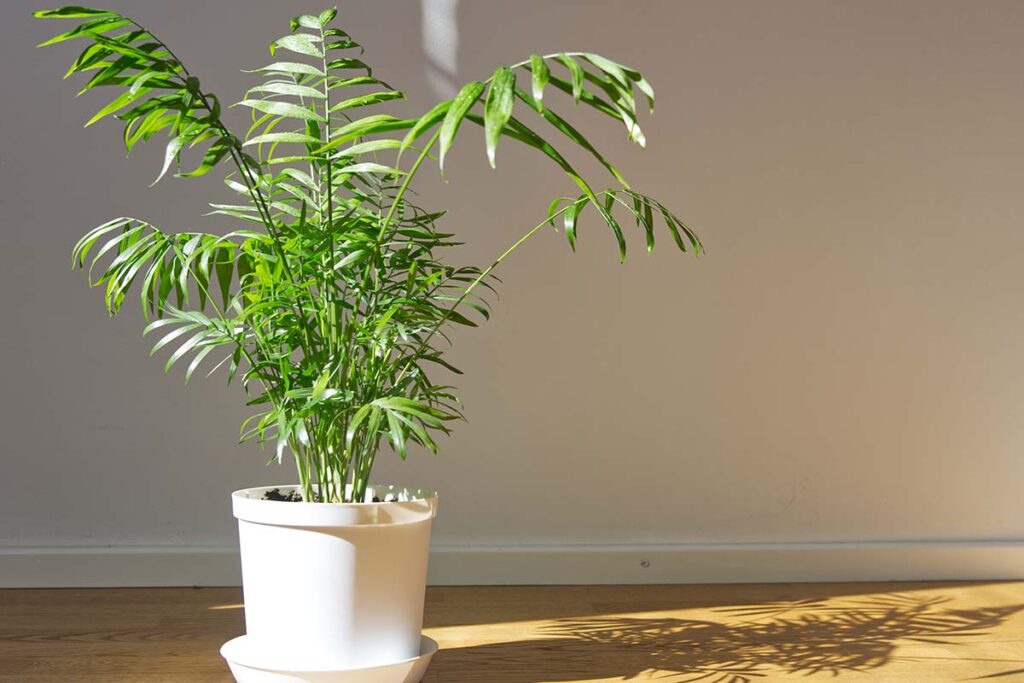
- Reeds patio palm tree prefers bright, indirect light, but it can tolerate low to medium light levels.
- It is one of the few palms that can grow well in shaded or enclosed patios.
- However, it will not thrive in direct sunlight, as this can scorch its leaves and cause them to fade.
- If you grow the palm indoors, place it near a window that receives filtered or diffused light, such as a north-facing or east-facing window.
- Rotate the pot occasionally to ensure even growth and prevent leaning.
How to Fertilize Reeds Patio Palm Tree
- Fertilise reeds patio palm tree once a month during the growing season (spring and summer) with a balanced, water-soluble fertilizer diluted to half strength.
- You can also use slow-release fertilizer granules or spikes applied every three to four months.
- Avoid fertilizing the palm in winter when it is dormant.
- Do not over fertilize the palm, as this can cause leaf burn, salt buildup, or nutrient toxicity.
- Flush the soil with water every few months to leach out any excess salts or minerals.
How to Propagate Reeds Patio Palm Tree
- Reeds patio palm tree can be propagated by division or by seeds.
- To propagate by division, carefully separate a clump of stems with roots from the main plant and pot it in a new container with fresh potting mix.
- To propagate by seeds, collect ripe seeds from the female flowers and sow them in a moist, sterile potting mix.
- Cover the seeds with a thin layer of soil and keep them in a warm, humid place until they germinate.
- Transplant the seedlings into individual pots when they have at least two leaves.
How to Care for Reeds Patio Palm Tree

- Reeds patio palm tree is a low-maintenance palm that requires minimal pruning and pest control.
- Prune any dead, damaged, or diseased leaves or stems with sharp, sterilized scissors or pruners.
- Wipe the leaves with a damp cloth or spray them with water to remove dust and dirt.
- Watch out for common palm pests such as spider mites, mealybugs, scale insects, and aphids, and treat them with insecticidal soap, neem oil, or horticultural oil.
- Report the palm every two to three years or when it becomes root-bound
Final Analysis
This is all about how to grow Reed’s Patio Palm Tree in a pot. Reeds patio palm tree is a beautiful and versatile palm that can add a tropical touch to any patio, indoors or outdoors. It is easy to grow and care for as long as you provide it with the right pot, soil, water, light, and fertilizer. You can also propagate it by division or by seeds to create more plants.
Reeds patio palm tree is one of the best palms for shaded or enclosed patios, as it can tolerate low to medium light levels and has a high resistance to pests and diseases. If you are looking for a graceful and elegant palm that can thrive in a pot, Reed’s patio palm tree is an excellent choice.

